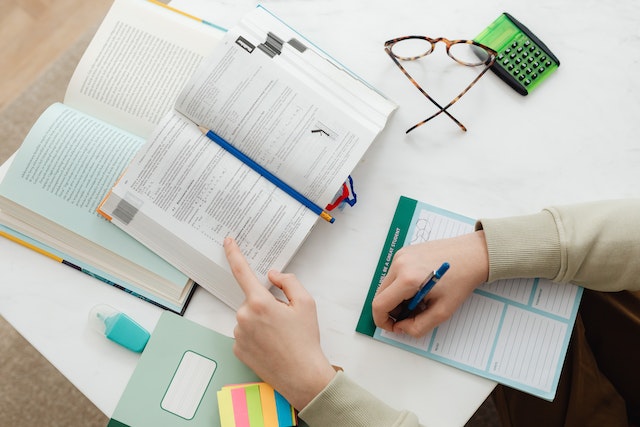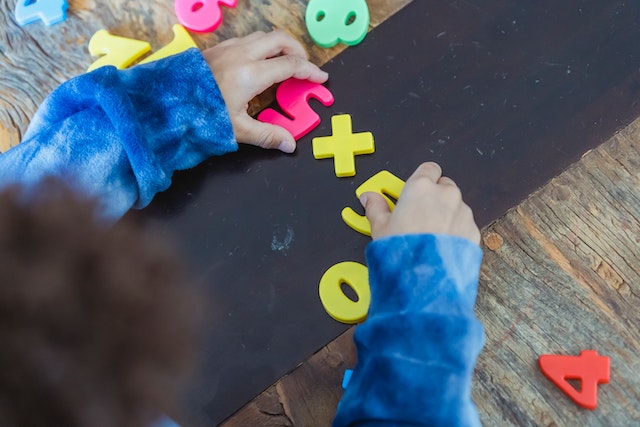
How to Teach Division
There are many different things to consider when learning how to teach division. One of the most important aspects is reviewing place value. It’s also important to practice with questions that require you to use the division method. In this article, we’ll cover Chunking, Revision of place value, and Partial quotients.
Chunking
Chunking is a simple technique used for dividing larger numbers into smaller groups. It can be applied to a number of different tasks, including memorizing a vocabulary list and learning a new skill.
Using chunking to learn division and learning math for kids has been recommended in the NNS and Primary Strategy. In addition, it can be used as a useful way to record repeated subtraction in written form. However, there are other methods for doing the same.
How to Teach Division – Paddocks, Revision of Place Value, and Partial Quotients
Chunking is an important technique for short division. In this form of division, children subtract a divisor from a dividend until they reach zero. Then, they work out how many times the divisor fits in the quotient.
One of the most important chunking techniques involves using a method called scaffolding. This consists of removing guidance slowly and gradually.
Animal paddocks – How to Teach Division
Paddocks are small areas that animals can move into and out of to get fresh forage. Using these paddocks as a management tool is an excellent way to keep your pastures healthy and profitable.
The size of a paddock will vary depending on the topography of the land. In addition to limiting overgrazing, paddocks also help animals stay uniformly fed. A typical pasture should have about 2,000 to 2,500 pounds of dry matter per acre in the first eight inches of growth.
Ideally, the paddock should be no more than twice the width of the animal. However, the paddock will also be affected by the fences on the grassland. It is important to choose a fence that allows livestock to easily pass between paddocks.
Partial quotients
If you want to learn how to teach partial quotients in division, you will need to be aware of the strategies that you can use. One of these strategies is the base-ten blocks, which is a simple strategy that can help students understand the concept of multiplication and division.
Another strategy is the partial quotients strategy, which is a new way to solve large division problems. In this strategy, the divisor is broken up into smaller groups, like the pizza above. The dividing process is easier.
Students can use the partial quotients strategy to divide 51 items into three groups. Each group contains 17 items. When dividing, students place small amounts into each group. After each group is completed, they add the pieces back to the total.
Practice questions that require the use of the division method
When you are teaching a child to do division, it is important to provide practice problems. They will help you check their understanding of the problem and determine whether they are on the right track. If you don’t have the time to give them practice problems, there are websites that can give you the answers to their questions.
One method to do this is the “double division” method. It is a less cumbersome way of dividing a number. This can be useful if you need to divide a large number.
Another method to solve this type of problem is the synthetic division. This is a technique that you can use to divide polynomials by a leading coefficient. You have to multiply the number in the division box with the leading coefficient and then write the remainder as a fraction.
Revision of place value – How to Teach Long Division
Place value is a very important concept for primary school children to understand. It is the underpinning for much of the more complex concepts in mathematics. For example, place value is essential for the four operations mentioned above.
The most basic place value lesson involves partitioning numbers up to 100. This is usually achieved by using base ten blocks to represent units and hundreds. More advanced students learn to use the sextant to represent hundreds and decimals, and round to the nearest hundredth and millisecond.
Place value has been around a long time. However, in order to properly implement the scheme, teachers need to have the right tools in hand. This may mean a trip to the ole’ home depot, or a trip to the online equivalent. Regardless of the means of transport, the underlying principle remains the same.

Two Tried and True Ways to Teach Multiplication and Division
The concept of multiplication and division is vital to many school-age children. It helps them to understand the concept of commutativity and how to solve word problems. In this article, I’ll discuss two tried and true methods for teaching this subject.
Multiplication is putting equal groups together
One of the many ways to teach multiplication is to put equal groups together. This can be done in numerous ways, from using counters to showcasing the power of positive and negative number combinations. Regardless of your teaching style, you will be surprised at how much your students enjoy tackling these problems.
First, you should make sure that you use the right number of objects. For example, if you have a class of 4th graders, you’ll need three buckets for apples, six jars for cookies, and a dozen bottles for water. Alternatively, you can do the same thing with five buckets. The best part is that the whole exercise will prove to be an effective teaching tool for the entire class.
Next, you will need to introduce the concept with a bit of practice. You might want to start off with a few quick demonstrations, such as using a handful of ping pong balls to determine the volume of each container, or placing a handful of tin cans on a table and seeing how much space each one takes up.
How to Teach Division to 3rd Graders – Two tried and tested methods
Long division is a tricky concept to teach. It requires mastery of multiplication, subtraction, and other operations. If your child struggles with the concepts, there are a number of tried and true strategies.
Reciting the multiplication table is a good start. As your child goes through the steps, they will gain the confidence they need to continue.
Some other ways to teach division include dividing jelly beans into equal groups and dividing Skittles. These games are fun and interactive. They also help to drive home the concept of division.
Another simple game is to wrap yarn around a stack of cards. Then, your child will flip over each card to determine if it is the right answer. This is a fun way to review facts, such as the fact that 8 and 2 go into 2x plus 4 times.
There are also clever books and games that teach children about division. For example, The Knight’s Quest is a game that engages kids while they practice division facts.
Word problems
One of the important skills of math is division. This can be tricky to teach, especially in the early grades. However, word problems can make learning easier. These problems help kids to develop their understanding of multiplication and division. Word problems are also a great tool to test students’ skills.
To help kids understand word problems, use an example. For instance, you could explain a situation that involves a large number of apples. First, you would divide them into equal groups. In this case, you might say that you will need to divide 24 apples into four equal groups.
You can use a variety of tools for this. In some cases, you may use a digital activity or a poster. In other instances, you might use a short partner game. The key is to engage your students’ interest in the problem.
Word problems can be intimidating for some students. The best way to help them is to provide them with examples before they tackle the worksheets.
Commutativity is important
Commutativity is a mathematical property that states that the order of two numbers does not affect the result of an arithmetic operation. It is a fundamental rule of mathematics and is applied in addition and multiplication.
The commutative property is often used to solve problems. Using the commutative property, we can solve a given equation. For example, a student is given the equation 3 + 5 = 7. Changing the order of the digits doesn’t change the answer. So, if the answer is 5 and the digits are rearranged, the answer will be 11 instead of 3.
Commutativity is usually taught to kids in primary school. However, many pupils still have difficulty understanding multiplicative relationships. Educating pupils about commutativity is crucial. If students understand the concept, they are better prepared to apply it to other mathematical concepts.
One of the best ways to teach commutativity to kids is through visual representations. Students can use picture cards to help them understand how the commutative property works. They can also be encouraged to think about the time tables as relationships. This helps them recall facts more easily.